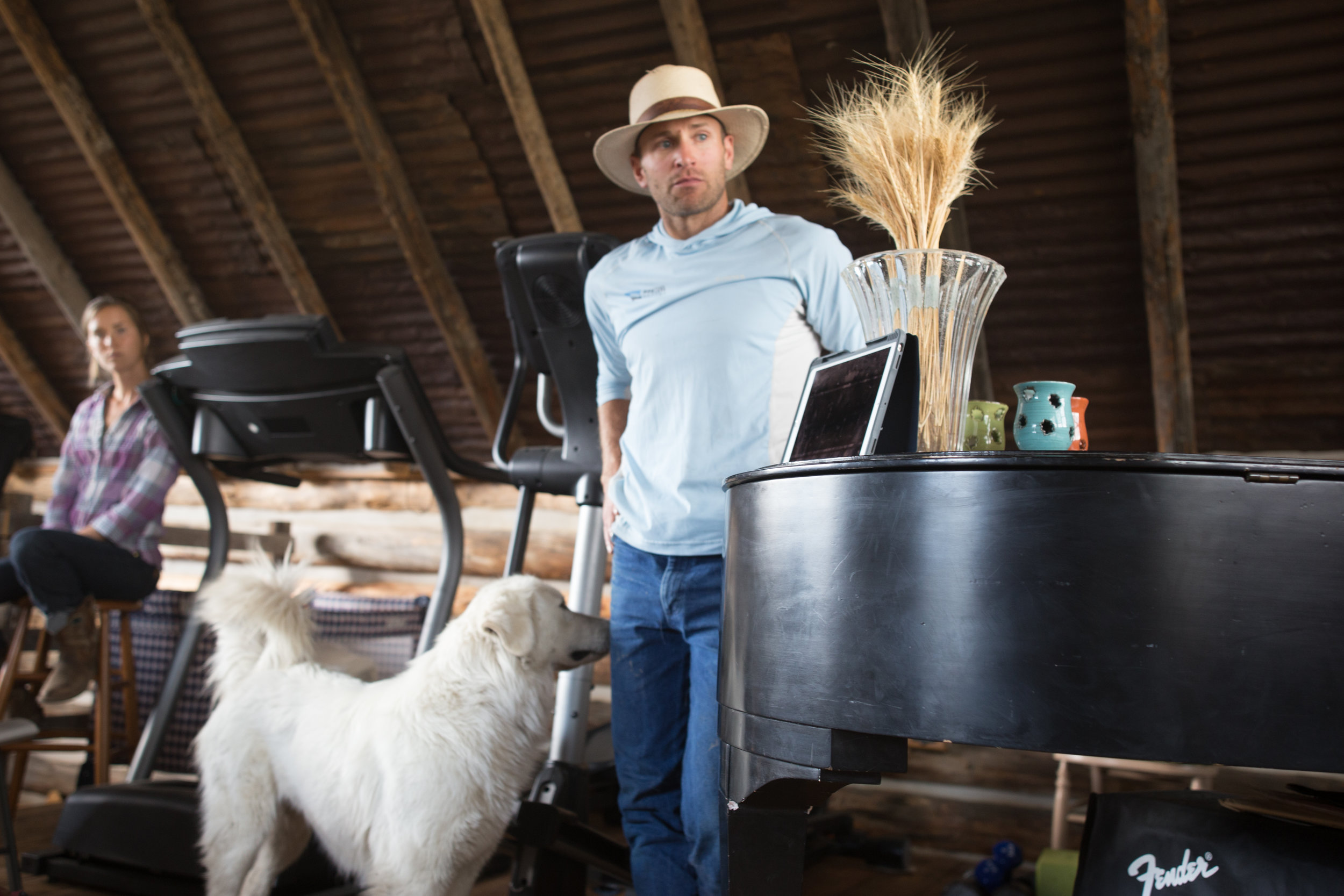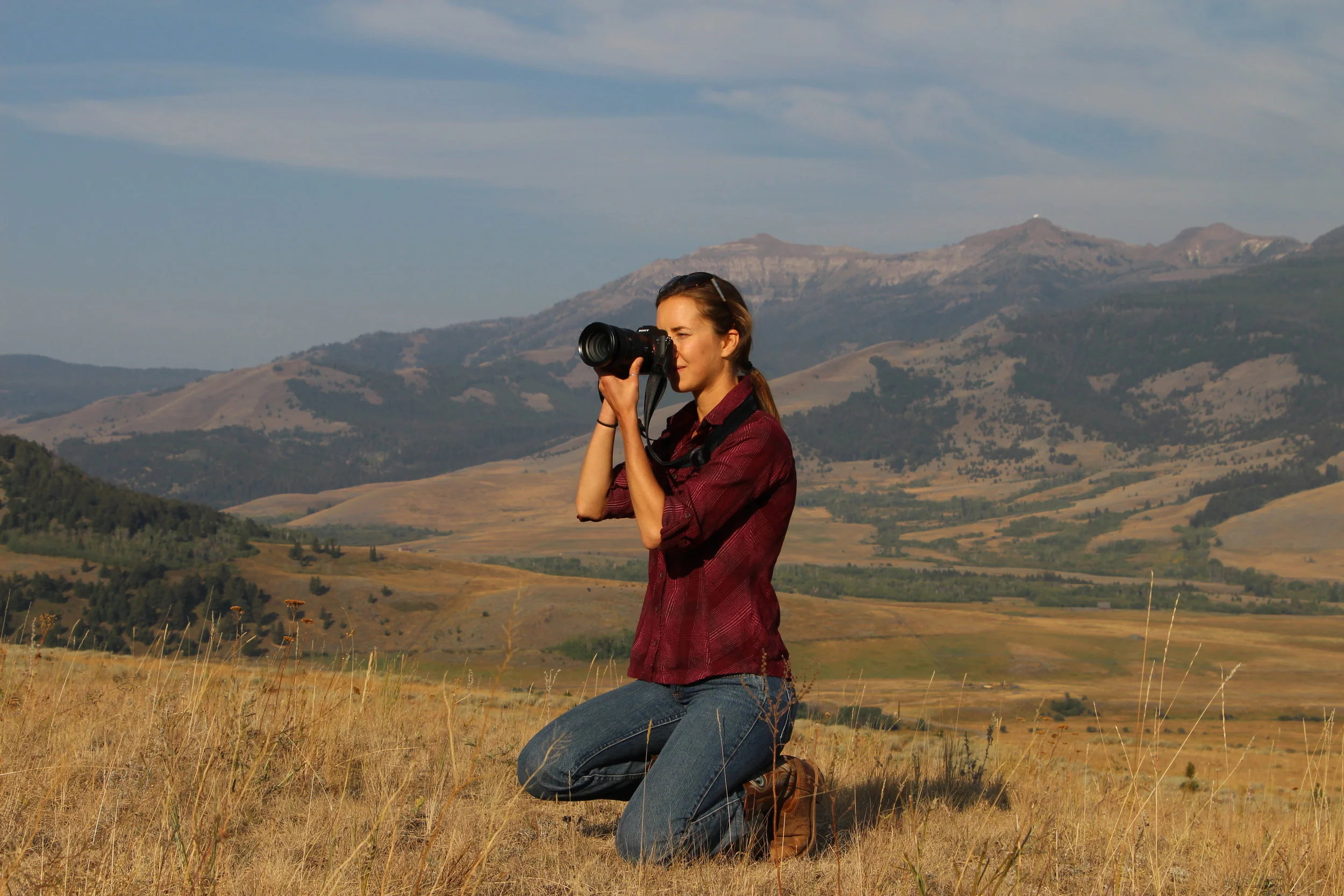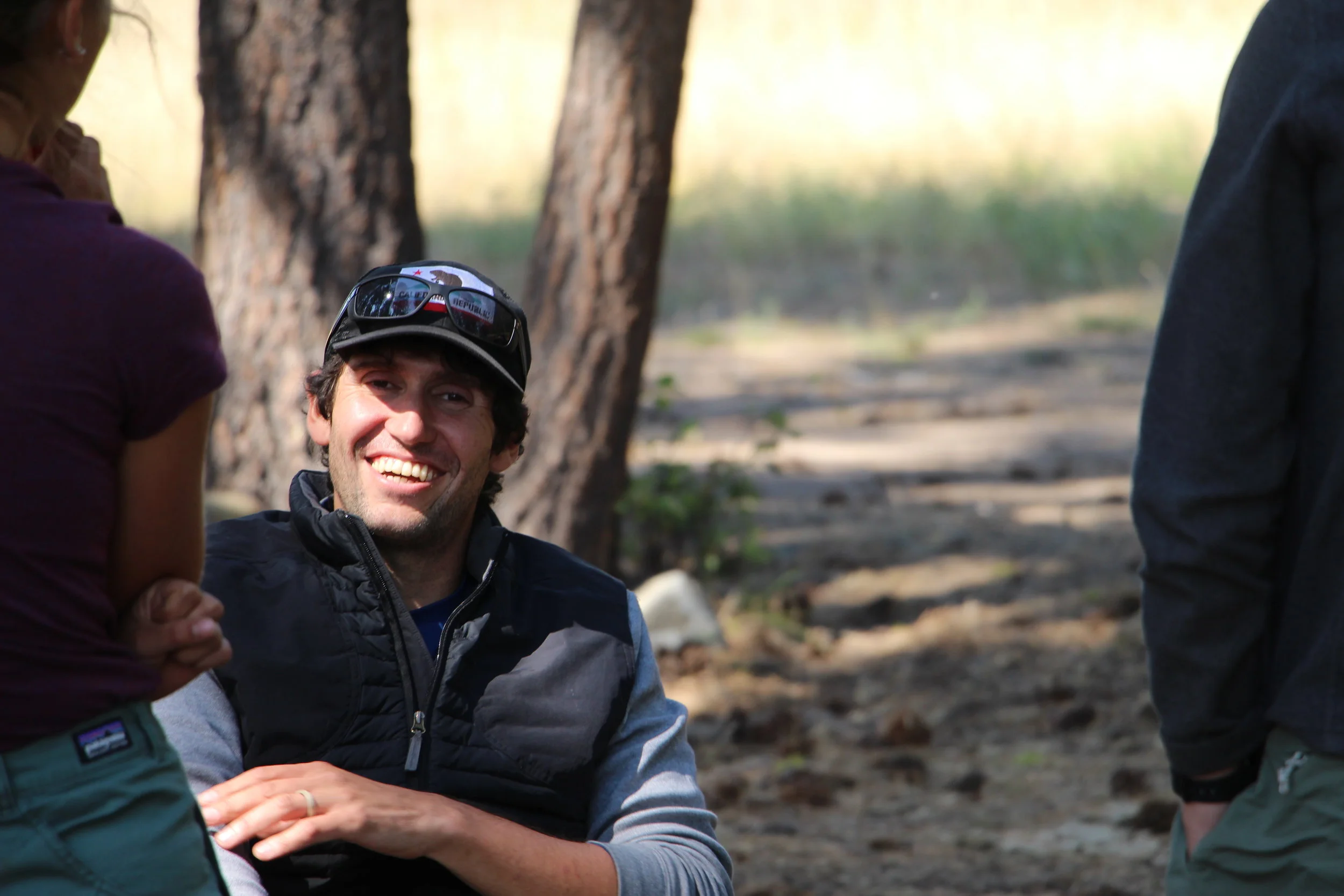Daniel Anderson
Rancher
Gardiner, MT
9/8/2018
Louise Johns
Photographer/Journalist
Gardiner, MT
Between two Cowboy Poetry posters in a restored historic barn, Daniel Anderson and Louise Johns shared their personal dogmas about ranching and journalism, respectively. We listen intently to both speakers, necks craning to glimpse the horses corralled in the rainy Montana afternoon. Both of our hosts are no strangers to their fields; Daniel, in a straw hat with a hole on the brim and Louise in worn cowboy boots, camera slung around her neck. Anderson’s family began ranching in Tom Miner Basin in the 1950s when his grandfather, then suffering from the traumas of being a POW in Nazi Italy, purchased the family ranch in the Paradise Valley of Montana. Johns’s father, a highly respected photographer, was Editor in Chief of National Geographic.
Daniel’s father, Hannibal, was the first rancher in the area to support wolf and rancher coexistence and today the ranch is prime grizzly and wolf habitat. “Never take living here for granted,” Daniel urged us to think critically about how we share the land with the wildlife. Not only is the family sharing their ranch with predators, Daniel has created Common Ground, a retreat program on the ranch that fosters connections between people and encourages understanding of the land. He emphasizes that the land has a lot to teach about how we treat it and how we treat each other and that by bringing people together in Tom Miner Basin, he can share a little of his land ethic and inspire positive change. He asserts that the land is “far more valuable when it is shared” between both humans and wildlife.
For most people, watching a grizzly bear mauling would end in distain for the animal and a desire to remove the species from the landscape. For Louise Johns, this experience was frightening but bred respect instead of fear. As a photo journalist who has studied the Anderson Ranch for many years, Louise understands the complexities that exist between humans and wildlife. She stresses “immersion in a place to make the pictures actually matter.” Just as the place and the people in it shape the photos, Louise’s photos are helping to redefine perceptions around ranching and the cowboy myth of the “Wild West”. The Anderson Ranch and the people within it challenge those they meet to be a part of the land rather than a force upon it.
By Darby Williams
Photos by Jessie Brandt and Darby Williams



